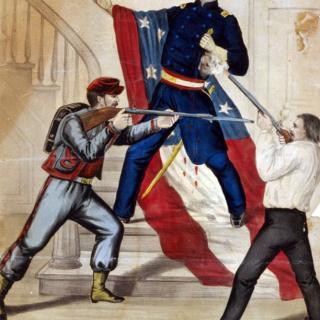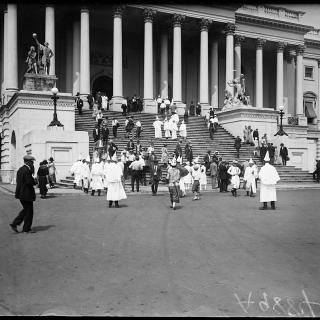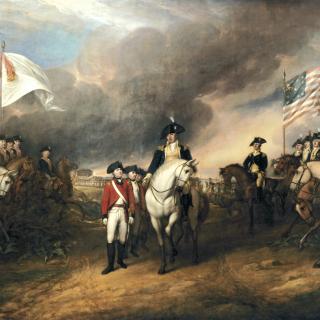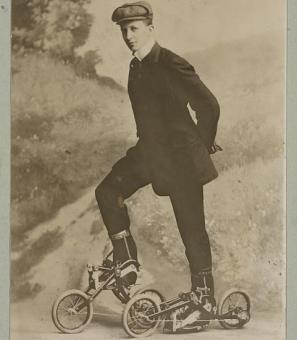Origins of the George Washington Memorial Parkway
David Lassman discusses the creation and of the George Washington Memorial Parkway.
Thousands of people drive on it every day, but sometimes we forget that the George Washington Memorial Parkway is not just a commuter highway. It's a national park. And like our other national parks, the Parkway tells a story about our nation's past.
Coming out of the dark days of World War I, Americans took on a very commemorative attitude to their nation's history. Many historic sites and museums were established during the 1920s and 1930s as Americans sought to celebrate their past. And, with the 200th birthday of George Washington approaching, lawmakers put special plans in motion.
In 1927, President Calvin Coolidge addressed a joint session of Congress and made celebrating Washington's bicentennial a national priority. Amongst the many proposals that emerged was the construction of a memorial highway to honor our nation's first president. Some suggested this roadway should connect George Washington's Birthplace in Westmoreland County, Virginia with Mount Vernon and then continue all the way to the Great Lakes, following the route that Washington took during the French and Indian War.
For a variety of reasons — including the onset of the Great Depression — the project was scaled back to the 25-mile stretch we know today. Construction started in 1931, and the first phase of the Parkway was built between Mount Vernon and Arlington Memorial Bridge, following the route of a failed trolley line. The rest of the present-day Parkway would be added in the 1950s as part of President Dwight Eisenhower's highways program.
According to Park Ranger David Lassman, the physical appearance of the landscape was quite different in those early days: "The area was, in truth, not the most beautiful by our standards today. Much of the area had been farmland and much of the area had been clear cut. We think that with today’s highways, shopping centers and housing developments we have no trees today. But, in truth, by the mid 1800s Virginia had been clear cut for farming and for other purposes. So, we actually have more trees today. Those trees were planted in part by the CCC in the 1930s so the park really is only a hundred years old, both in terms of the roadway and the landscape."
But what it may have lacked in physical beauty, the Parkway made up for in innovation: "It’s important to understand that road building was actually a new concept. Cars were just becoming more massively available and most people when they drove were just driving on dirt roads. So, the George Washington Memorial Parkway was actually conceived as one of the first modern highways. ... It was planned with several unique features. You had planned vistas so you’d come around a bend and you might see the Washington Monument across the river. You had pull-offs. You had small little picnic areas. ... You would have the first modern cloverleaf built on a modern road and cloverleafs were so unusual that the local newspapers had several articles on how a cloverleaf worked, fearing that the average driver would not know how to traverse such a complicated feature."
Today, the Parkway has evolved into something far different than the leisurely road the designers had in mind. However, the Park Service still tries to maintain part of the original vision. As Lassman put it, "While we do have people going high speeds, we are doing our best to maintain a certain level of park attitude even with the modern transportation needs. ... This is literally a presidential memorial just like the Lincoln memorial is, just like the Jefferson memorial. Instead of being a structure, this is a historic landscape."
This post was orginally published in advance of a presentation by Park Ranger David Lassman to the Arlington Historical Society on March 12, 2015. Many thanks to Lassman who was kind enough to give us a preview of his talk. Take a look at the video at the top of the post!



![Small Arms Practice Six OSS recruits watch an instructor shoot a small arm during training at Chopawamsic's Area C. [Source: National Park Service]](/sites/default/files/styles/crop_320x320/public/2A8CB9F8-1DD8-B71C-070E22100840145DOriginal.jpg?itok=xboGo_08)

![Sketch of the mythical fuan by Pearson Scott Foresman. [Source: Wikipedia]](/sites/default/files/styles/crop_320x320/public/2023-10/Goatman_Wikipedia_Faun_2_%28PSF%29.png?h=64a074ff&itok=C9Qh-PE1)












